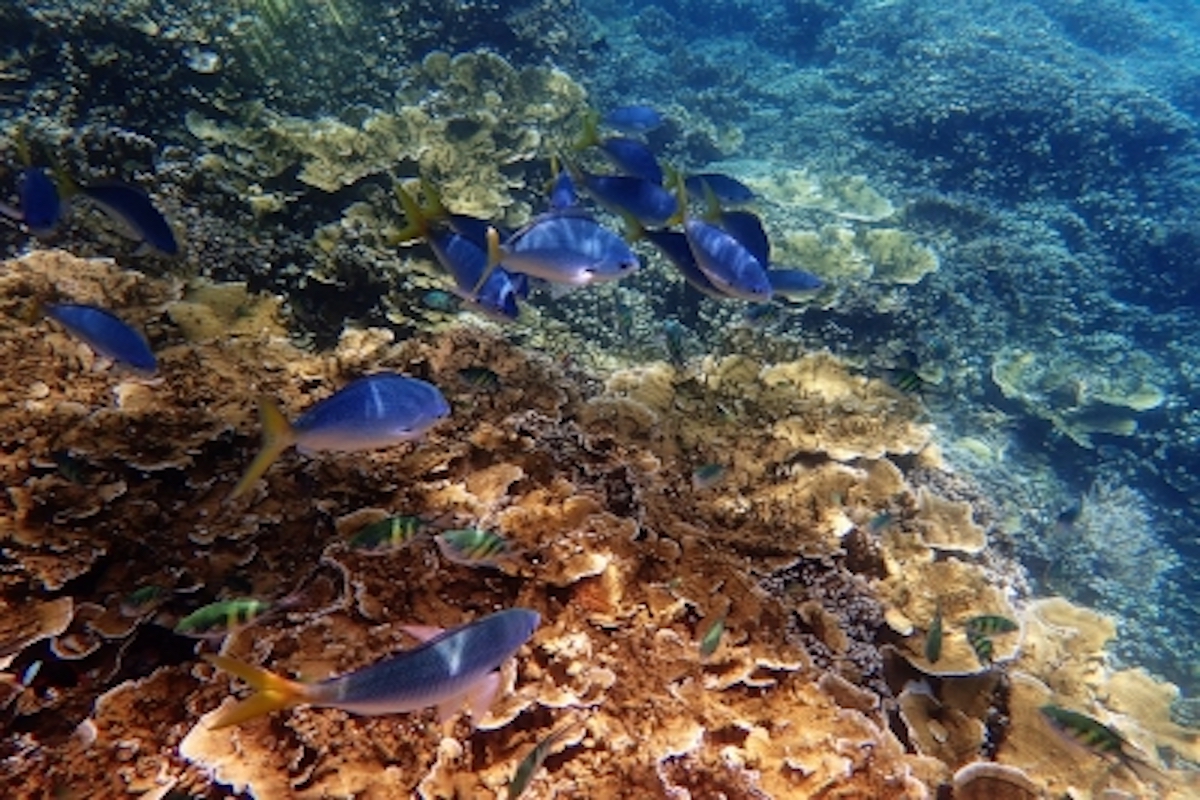Scientists from Australia’s Queensland Museum have re-described a species of bright blue octocorals or “soft coral” found in the Australian state of Queensland.
The finding published in the Zootaxa journal on Friday showed that the species, which was previously thought to belong to a species found in the Indo-Pacific and Atlantic Oceans, was in fact unique to Queensland.
Advertisement
“This particular Sunshine Coast octocoral, was previously known as Sansibia, but upon further examination, we found it to be a new species,” said Queensland Museum Collection Manager of Sessile Marine Invertebrates Merrick Ekins.
Advertisement
He started observing the variety under an electron microscope after noticing it in the north of Queensland’s capital Brisbane, which has prompted him to run its DNA sequence.
“I decided to name this species ‘opalia’ as the color resembles the inner fire you see in opals and it’s so beautiful.”
Opalia is an octocoral that belongs to a group of 9,000 living marine species called cnidarians, which includes corals, jellyfish, sea anemones, octocorals, sea pens, sea whips and sea fans among others.
Octocorals get their names due to the fact they have eight-branched tentacles and unlike other “hard corals,” which have just six tentacles and are non-reef-building or do not contribute to the build-up of reef bodies.
Despite its presence in Australia for more than 100 years, Ekins told Xinhua it was the first time anyone had stopped to question its true origin.
“Whenever someone says, this is worldwide distributed. I’m always a bit (skeptical). That’s a reason why we’ve got to get back to this historical stuff… go out to their original location it was described from and try and get a fresh sample.”
He added that identifying new species was an important part of conservation as it put a spotlight on the uniqueness of all ecosystems.
“We must be losing so many species that we just don’t even know about, because we haven’t looked at them.”
Advertisement










